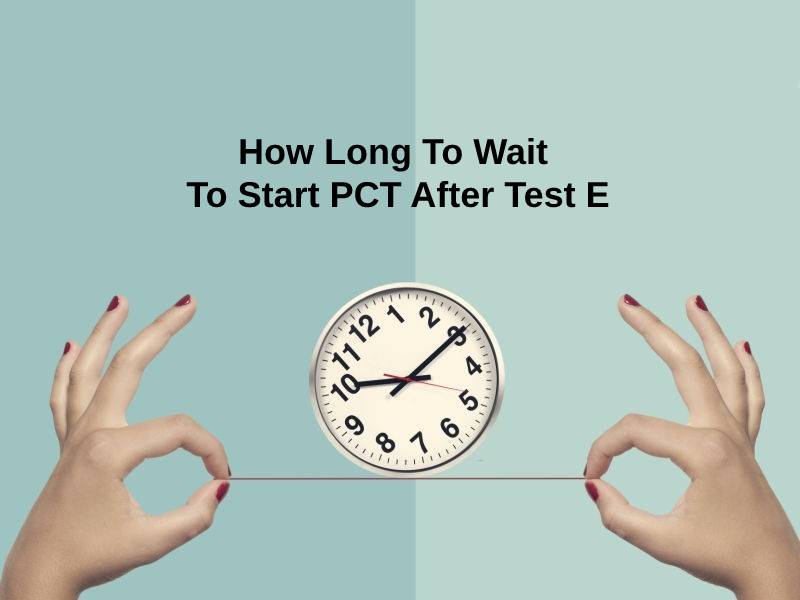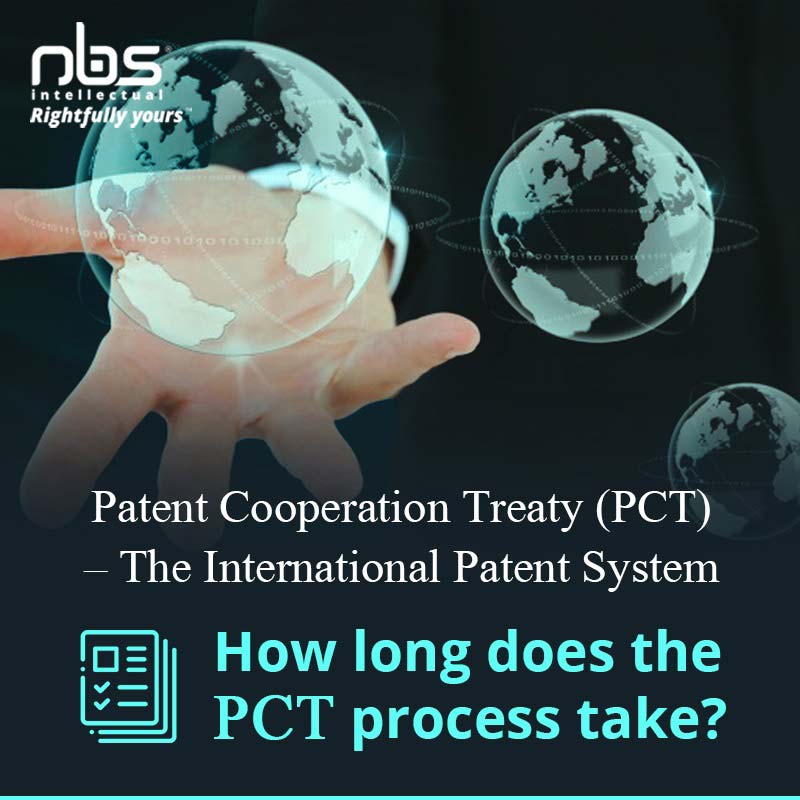How Long Does The Pct Take

The timeline for Post Cycle Therapy (PCT) is a critical concern for individuals coming off anabolic steroids or prohormones. Ignoring the proper PCT protocol can lead to hormonal imbalances and potential long-term health complications.
This article provides a concise overview of the duration and key factors influencing the length of PCT, providing essential information for those seeking to restore their natural hormone production effectively.
What is PCT and Why is it Necessary?
PCT aims to restart the body's natural testosterone production after it has been suppressed by exogenous hormones. Anabolic steroids shut down the hypothalamic-pituitary-testicular axis (HPTA), the body's natural hormone regulatory system.
Without PCT, users may experience a range of undesirable side effects, including loss of muscle mass, fatigue, depression, and sexual dysfunction. PCT helps to mitigate these effects and restore hormonal balance.
Typical PCT Duration
The standard PCT duration typically ranges from 4 to 8 weeks. The specific length depends on several factors, including the type of compounds used, the length of the steroid cycle, and individual response.
Shorter cycles using milder compounds may require a shorter PCT, while longer cycles with more potent steroids necessitate a more extended recovery period.
Factors Influencing PCT Length
Several factors can influence the optimal duration of PCT. These need to be considered to fine-tune the PCT protocol for individual needs.
Steroid Type: Different steroids have varying half-lives and levels of suppressive effects. Compounds with longer half-lives require a more extended PCT period.
Cycle Length: Longer cycles tend to cause greater suppression, necessitating a longer and more robust PCT protocol. Cycles exceeding 12 weeks often require a minimum of 6-8 weeks of PCT.
Dosage: Higher doses of steroids result in increased suppression, requiring a more aggressive and longer PCT to restore hormonal balance. Lower doses might allow for a shorter recovery.
Individual Response: Individuals respond differently to steroids and PCT medications. Regular blood work is essential to monitor hormone levels and adjust the PCT accordingly.Blood tests should measure testosterone, LH, FSH, and estradiol levels.
Common PCT Protocols and Timelines
Several standard PCT protocols exist, often involving medications like Clomiphene Citrate (Clomid) and Tamoxifen Citrate (Nolvadex). The dosages and duration vary based on the specific protocol.
Clomid: A common protocol involves starting with 50mg per day for the first 2 weeks, then tapering down to 25mg per day for the following 2-4 weeks. Total PCT duration: 4-6 weeks.
Nolvadex: A typical protocol uses 40mg per day for the first 2 weeks, followed by 20mg per day for the next 2-4 weeks. This also makes for a 4-6 week PCT.
Combined Clomid and Nolvadex: Some users combine both medications for a more comprehensive approach. Dosages are typically lower, such as 25mg Clomid and 20mg Nolvadex daily for 4-6 weeks.
HCG (Human Chorionic Gonadotropin): HCG is sometimes used during the steroid cycle or immediately before starting Clomid or Nolvadex. This helps to stimulate the testes and prepare them for the PCT medications. It’s generally not used for more than 2-3 weeks to prevent desensitization.
Monitoring and Adjusting PCT
Regular blood work is crucial to assess the effectiveness of the PCT protocol. Blood tests help determine if hormone levels are returning to normal ranges and whether adjustments are needed.
If testosterone levels are still low after the initial PCT duration, the protocol may need to be extended or the dosage increased. Consulting a medical professional is highly recommended.
Potential Complications of Inadequate PCT
Failing to implement a proper PCT can result in significant hormonal imbalances and associated health issues. Hypogonadism, a condition characterized by low testosterone levels, is a primary concern.
Other potential complications include loss of muscle mass, increased body fat, decreased libido, erectile dysfunction, fatigue, and mood disturbances. Long-term consequences can also affect cardiovascular health and bone density.
Seeking Professional Guidance
It is highly recommended to consult with a qualified medical professional or endocrinologist before starting PCT. A healthcare provider can assess individual needs, evaluate blood work results, and provide personalized recommendations.
Self-treating without proper guidance can be risky and may lead to suboptimal outcomes. A medical professional can also help address any underlying health conditions that may affect the PCT process.
Conclusion: Next Steps
Determining the appropriate length for PCT is crucial for restoring hormonal balance and mitigating the side effects of steroid use. Users must perform blood work to monitor hormonal levels and adjust the PCT protocol. Continuous consultation with medical professionals ensures effective and safe recovery.
Ongoing research is focusing on optimizing PCT protocols and identifying more effective strategies for restoring natural hormone production. Stay informed and prioritize your health when considering PCT.


















